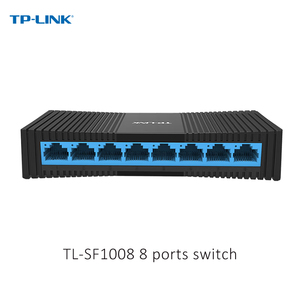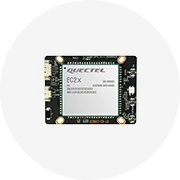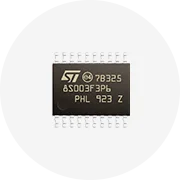Understanding Ethernet: The Backbone of Modern Connectivity
Ethernet has revolutionized the way we connect and communicate in both personal and professional settings. As a standard method for networking devices in a local area network (LAN), Ethernet facilitates fast and reliable data transfer. From homes to large enterprises, its versatility and performance make it a preferred choice for millions globally.
Types of Ethernet: A Diverse Range of Solutions
When discussing Ethernet, it's essential to recognize the various types available to cater to different needs:
- Fast Ethernet: Operating at 100 Mbps, Fast Ethernet was a significant leap from traditional Ethernet speeds, making it suitable for small to medium-sized networks.
- Gigabit Ethernet: As the demand for data increases, Gigabit Ethernet, offering speeds up to 1 Gbps, provides a robust solution for high-performance environments.
- 10 Gigabit Ethernet: This version allows massive amounts of data to flow, ideal for data centers and high-performance computing needs.
- Power over Ethernet (PoE): An innovative adaptation, PoE allows Ethernet cables to carry electrical power alongside data, eliminating the need for additional power supplies.
- Ethernet over Fiber: To bridge longer distances, this technology transmits Ethernet signals through fiber optic cables, providing high speeds and reliability across extensive networks.
Applications of Ethernet: Connecting the World
The applications of Ethernet are vast and diverse, showcasing its capabilities in various sectors:
- Home Networking: Ethernet is frequently used in residential internet setups, ensuring stable connections for gaming, streaming, and remote work.
- Corporate Networks: Businesses utilize Ethernet for their internal networks, supporting everything from employee devices to critical database communications.
- Data Centers: With their heavy reliance on speed and capacity, data centers deploy Gigabit or even faster Ethernet for optimal performance.
- Telecom Infrastructure: Telecommunications companies use Ethernet for connecting nodes and devices, enabling efficient communication services.
- Smart Buildings: Integrated Ethernet systems allow smart lighting, HVAC, and security systems to operate seamlessly in modern buildings.
Advantages of Using Ethernet: Why It Reigns Supreme
The popularity of Ethernet can be attributed to its many advantages, which include:
- High Speed: Ethernet provides high data transfer rates, ensuring quick and efficient communication between devices.
- Reliability: With a lower risk of interference compared to wireless connections, Ethernet remains a dependable choice for steady performance.
- Scalability: Ethernet networks can easily grow alongside your needs, allowing for the addition of new devices without significant complexity.
- Security: Ethernet networks offer better security opportunities since they are less accessible than wireless networks, making unauthorized access more difficult.
- Cost-Effectiveness: The infrastructure costs associated with Ethernet networking are relatively low, encouraging its adoption in various setups.





































































































































































































































































 浙公网安备 33010002000092号
浙公网安备 33010002000092号 浙B2-20120091-4
浙B2-20120091-4